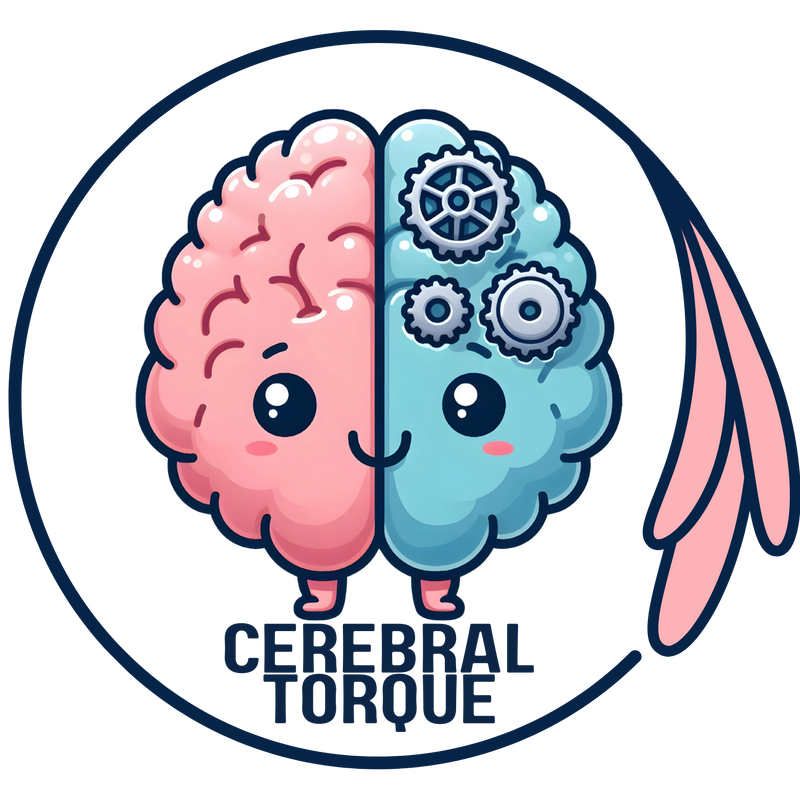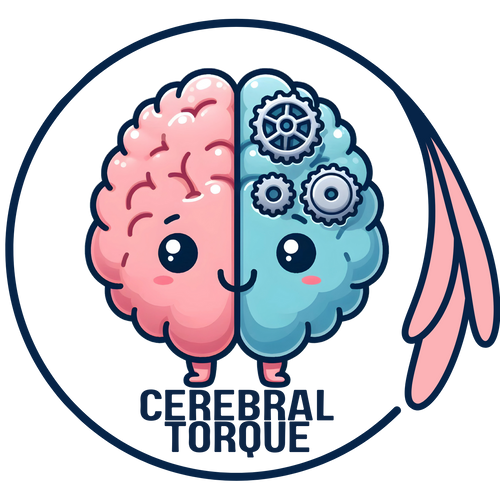Resistant migraine (ResM) Vs Refractory migraine (RefM) Vs Non-resistant/non-refractory migraine (NRNRM)
Posted on December 05 2024,
Resistant vs. Refractory Migraine
The REFINE study showed that resistant migraine (ResM) and refractory migraine (RefM) represent distinct clinical entities with progressively increasing burden of comorbidities. The study found a continuum where RefM patients showed the highest prevalence of comorbidities (particularly psychiatric conditions), followed by ResM, and then non-resistant/non-refractory (NRNRM) patients. These differences persisted even when analyzing only chronic migraine patients, suggesting that treatment resistance/refractoriness is independent of migraine chronicity.
Key Definitions
- Non-Resistant/Non-Refractory (NRNRM): Patients who respond to standard migraine treatments
- Resistant Migraine (ResM): ≥8 debilitating headache days/month for ≥3 months, failed ≥3 preventive drug classes
- Refractory Migraine (RefM): ≥8 debilitating headache days/month for ≥8 months, failed ALL available preventive drug classes
These findings suggest the need for differentiated clinical approaches and highlight the importance of addressing both the primary condition and associated comorbidities...specifically in the management of resistant and refractory cases.
Disease Characteristics and Comorbidities
| Disease Characteristics | Non-Resistant/Non-Refractory (NRNRM) | Resistant Migraine (ResM) | Refractory Migraine (RefM) |
|---|---|---|---|
| Diagnostic Criteria | Basic ICHD-III migraine criteria | ICHD-III migraine with/without aura or chronic migraine | ICHD-III migraine with/without aura or chronic migraine |
| Headache Frequency | Any frequency | ≥8 debilitating headache days/month | ≥8 debilitating headache days/month |
| Duration Requirement | None specified | At least 3 months | At least 8 months |
| Treatment Response | Responds to standard treatments | Failed ≥3 preventive drug classes | Failed ALL available preventive drug classes |
| Study Demographics | 354 patients (51.4%) | 262 patients (38.0%) | 73 patients (10.4%) |
| Chronic Migraine Prevalence | 40.1% | 70.2% | 83.6% |
| Multiple Comorbidities | ≥2: 56.8% ≥3: 36.4% ≥4: 26.2% |
≥2: 70.4% ≥3: 49.4% ≥4: 35.0% |
≥2: 80.6% ≥3: 69.4% ≥4: 55.6% |
| Key Psychiatric Comorbidities | Depression: 15.8% Anxiety: 11.3% Sleep disorders: 28.0% |
Depression: 34.1% Anxiety: 25.2% Sleep disorders: 40.3% |
Depression: 39.7% Anxiety: 35.7% Sleep disorders: 33.3% |
| Other Notable Comorbidities | Trigger points: 12.4% TMJ disorders: 10.7% Thyroiditis: 3.7% |
Trigger points: 21.3% TMJ disorders: 13.6% Thyroiditis: 9.2% |
Trigger points: 33.3% TMJ disorders: 23.6% Thyroiditis: 12.5% |
| Median Disease Duration | 24 years (IQR 16-33) | 31 years (IQR 20-40) | 34 years (IQR 26-38) |
Key Findings: Progressive Comorbidity Burden
- Psychiatric conditions: Depression rates increase from 15.8% (NRNRM) to 39.7% (RefM)
- Multiple comorbidities: ≥4 conditions rise from 26.2% to 55.6% across groups
- Chronic migraine prevalence: Dramatically increases from 40.1% to 83.6%
- Disease duration: Longer disease history correlates with treatment resistance
Clinical Management Approaches
| Clinical Management | Non-Resistant/Non-Refractory (NRNRM) | Resistant Migraine (ResM) | Refractory Migraine (RefM) |
|---|---|---|---|
| Treatment Approach | Standard migraine preventive treatments | Advanced preventive treatments; Consider combination therapy | Requires highly individualized treatment plan; May need novel therapeutic approaches |
| Comorbidity Management | Standard screening and treatment of comorbidities | Active management of comorbidities; Regular psychiatric evaluation recommended | Aggressive management of comorbidities; Integrated multi-disciplinary care essential |
| Monitoring Needs | Regular follow-up as needed | Close monitoring of treatment response and comorbidities | Very frequent monitoring; Regular assessment of treatment strategy |
| Care Setting | Primary care or general neurology | Headache specialist recommended | Tertiary headache center with multi-disciplinary team |
| Prognosis Factors | Generally favorable with standard treatment | May improve with targeted treatment of both migraine and comorbidities | More challenging prognosis; Focus on quality of life improvement |
| Prevention Strategy | Standard lifestyle modifications and trigger avoidance | Aggressive lifestyle modification; Early intervention for comorbidities | Comprehensive lifestyle and behavioral interventions; Intensive comorbidity management |
Clinical Implications
- Individualized care: Treatment plans must be tailored to resistance level and comorbidity profile
- Multidisciplinary approach: RefM patients require integrated teams including psychiatry and behavioral health
- Early intervention: Aggressive comorbidity management may prevent progression to refractory status
- Specialized care: Treatment-resistant cases benefit from tertiary headache centers
Mon, Nov 17, 25
Migraine Research - During the week of my absence.
Migraine Research - During the week of my absence. The Association Between Insomnia and Migraine Disability and Quality of Life This study examined how insomnia severity relates to migraine disability...
Read MoreSat, Nov 01, 25
Anti-CGRP Monoclonal Antibody Migraine Treatment: Super-Responders and Absolute Responders and When to Expect Results
Anti-CGRP monoclonal antibodies achieved 70% super-response and 23% complete migraine freedom in a one-year study. Most dramatic improvements occurred after 6 months of treatment. For patients with chronic or high-frequency...
Read MoreAll Non-Invasive Neuromodulation Devices for Migraine Treatment
Wondering if migraine devices actually work? This guide breaks down the latest evidence on non-invasive neuromodulation devices like Cefaly, Nerivio, and gammaCore. Learn which devices have solid research backing them,...
Read More



